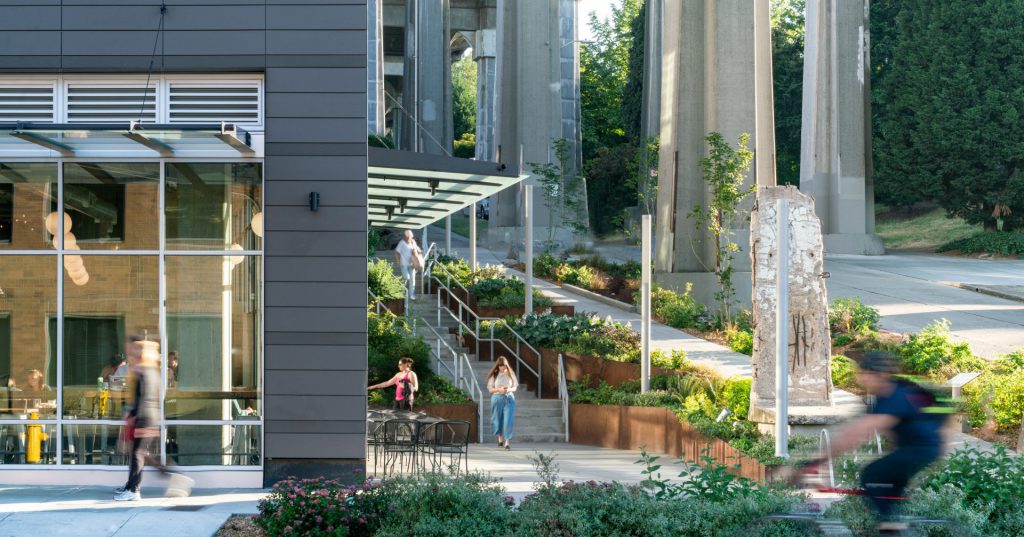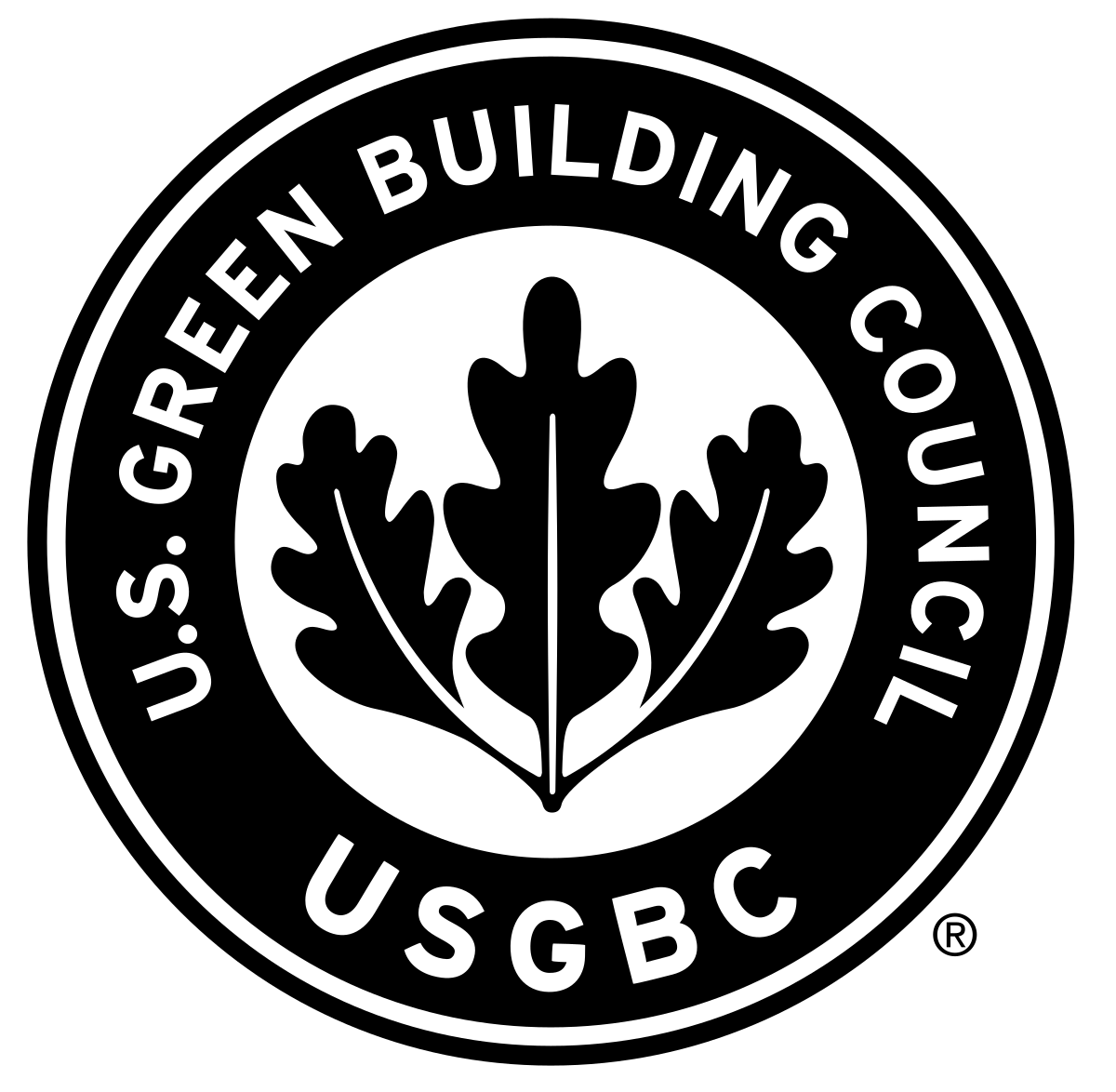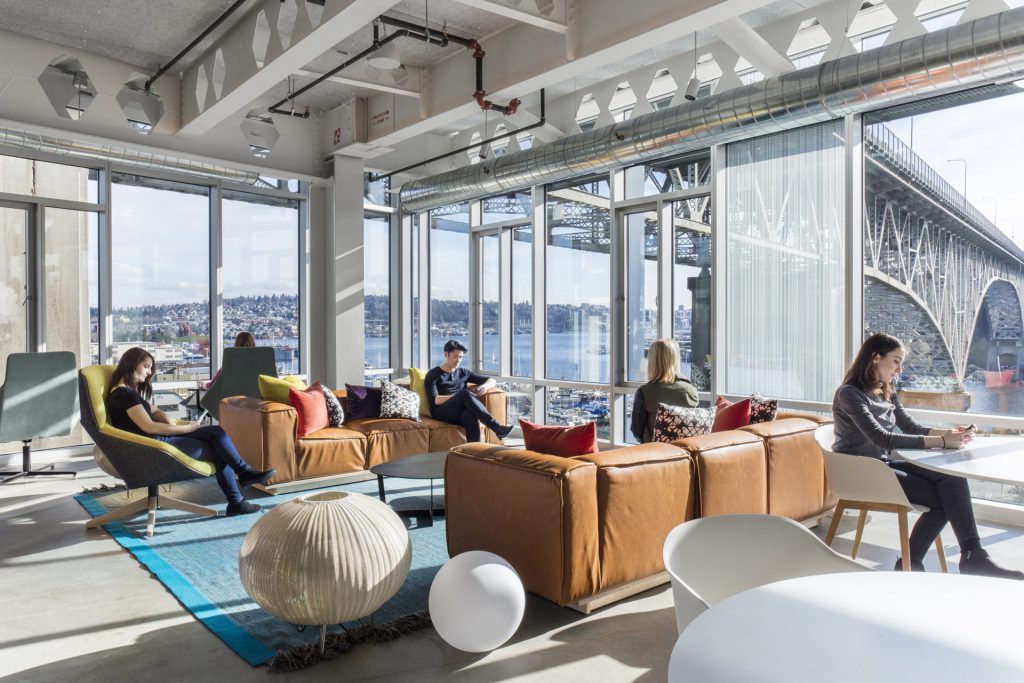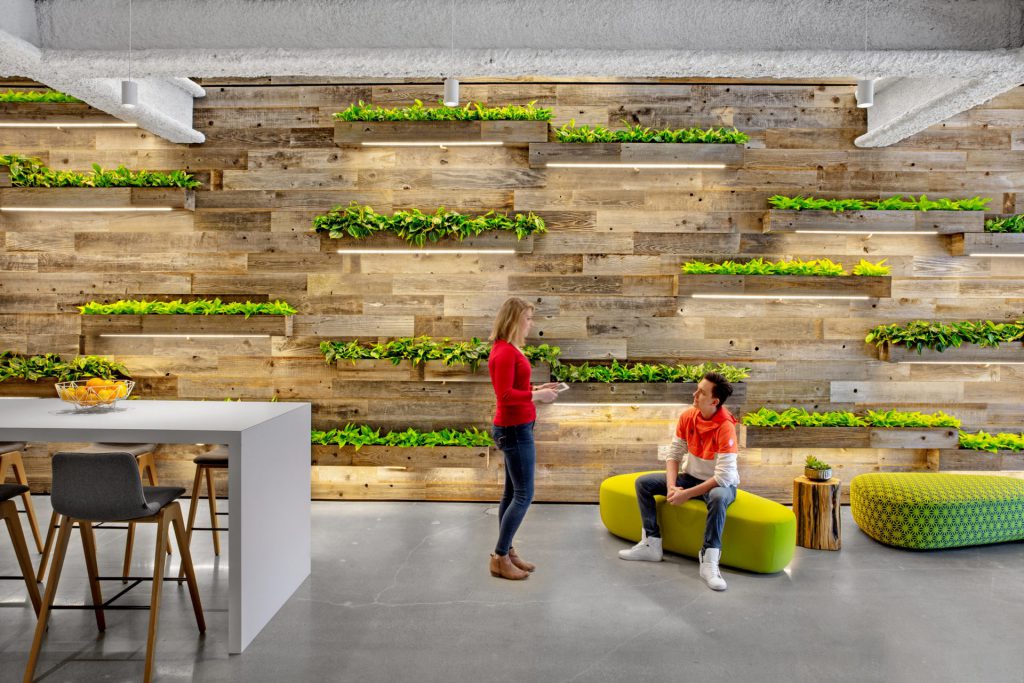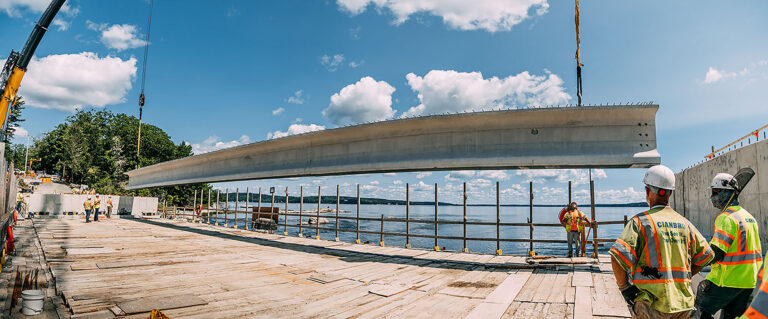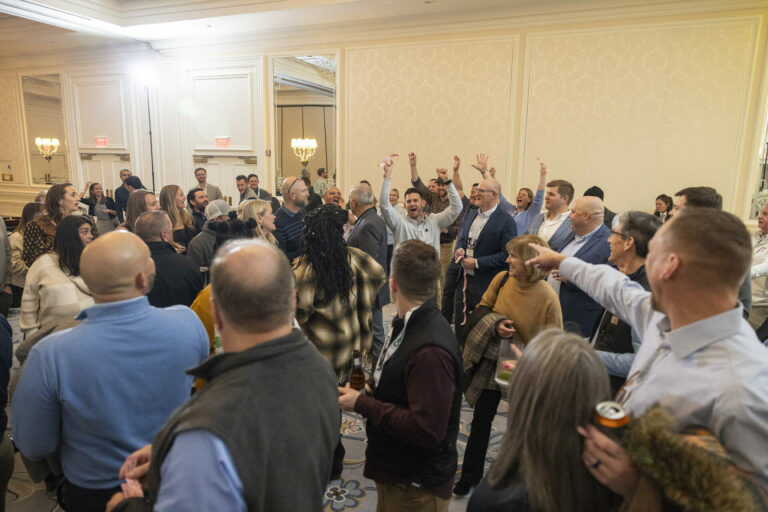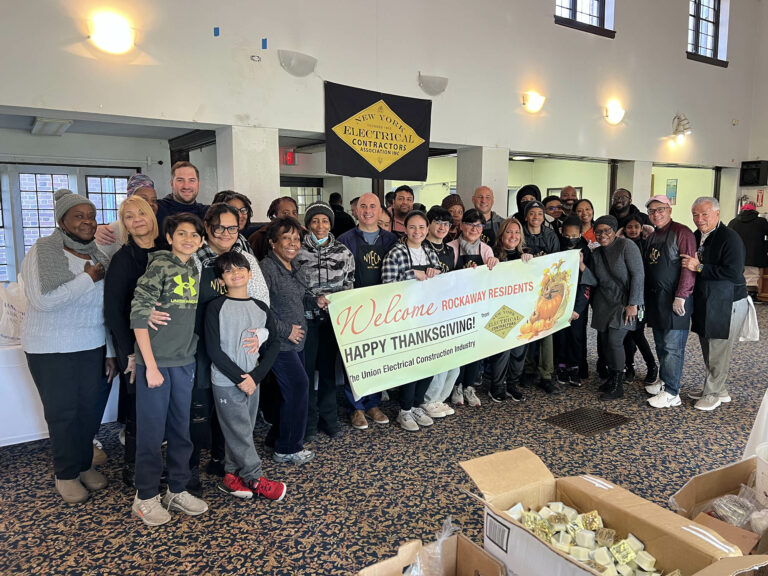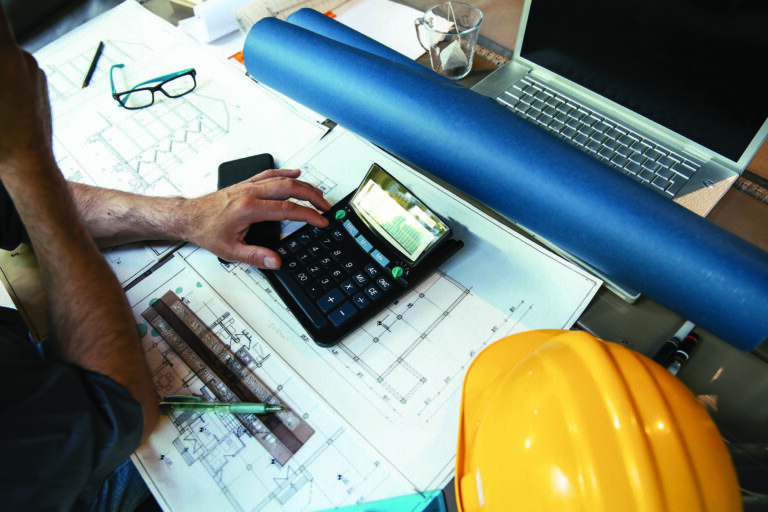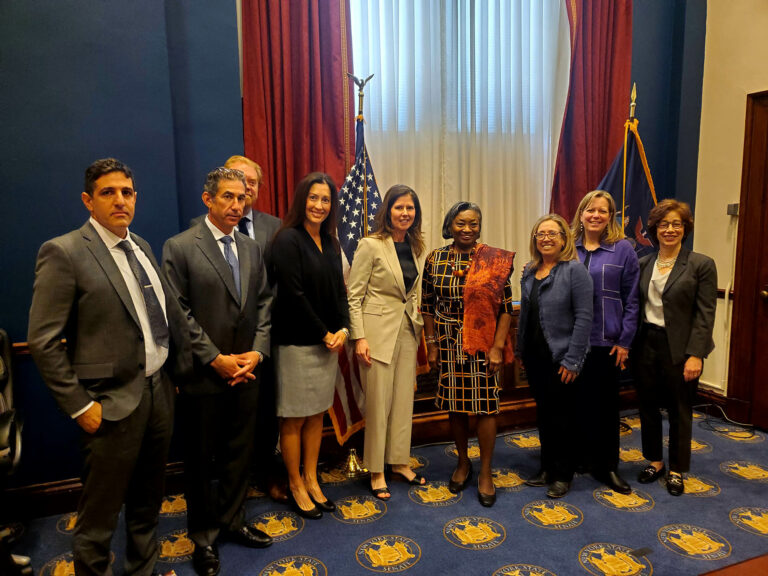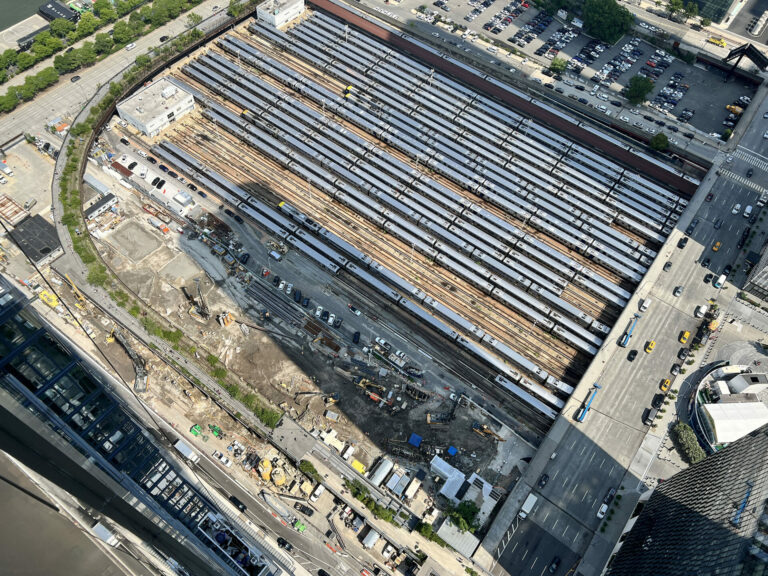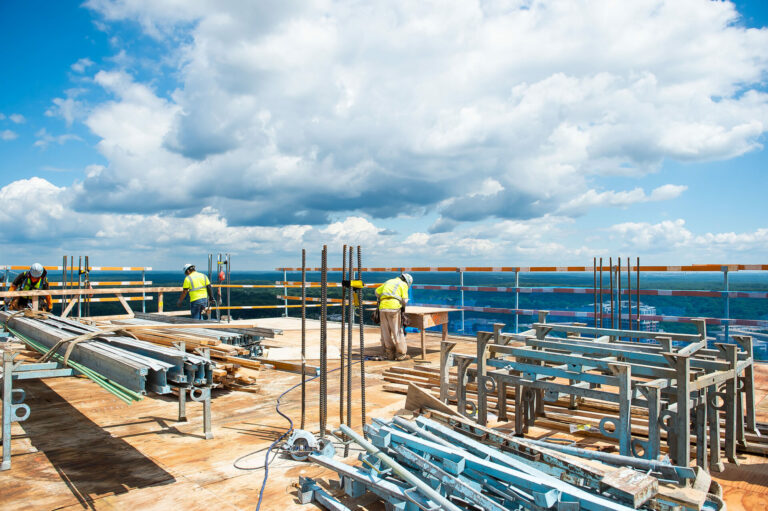The road to improvement is one that comes with many questions. Regardless of the context or topic, self-reflection and planning is a vital component when attempting to move forward. Under the microscope of modern society, the concept of green buildings, sustainability and climate change can be seen as a divisive one. However, once partisan politics and finances have been removed, it is evident that the need for a cleaner, more sustainably built world is growing each day. With over twenty-five years experience, the US Green Building Council is a non-profit, member based organization that has been at the forefront of promoting and developing sustainable practices and guidance across all industries. The USGBC is primarily responsible for the development of LEED (Leadership in Energy and Environmental Design) rating goals which they launched back in 1998. While it seems as though much of the world has changed since then, questions remain; what does it mean to be a green building and why is it important?
“U.S. Green Building Council was started in the 1990s, primarily by architects, engineers and others that work with buildings.”
The USGBC is an organization that, unsurprisingly, came about through questioning. Three individuals, Rick Fedrizzi, David Gottfried and Mike Italiano invited sixty representatives across the building industries to the founding meeting of the council, held in the American Institute of Archictects’ boardroom. The purpose was to provide a forum to share ideas and investigate the potential to create buildings that were energy efficient, sustainably made and which could contribute positively to the environment. As Melissa Baker, Senior Vice President at USGBC, explains, this would prove to be a pivotal movement in the green movement. “U.S. Green Building Council was started in the 1990s, primarily by architects, engineers and others that work with buildings. They wanted to define what it means to be a green building, and answering this question; what is the future of green buildings?’’ From this initial discussion, the conversation led to the design and implementation of LEED, a voluntary rating system to certify sustainable buildings and neighborhoods. From a highly successful pilot test of LEED v1.0 in 1998, ‘LEED for New Construction’ was publicly launched in March 2000 and “since then there’s been just over 100,000 commercial projects, registered and certified, in more than 180 countries and territories.’’
Given the current level of focus and the importance of working in a sustainable manner, it is interesting to get a sense of how far the USGBC has come in the intervening period. While Melissa explains that there had been, up until that time, an undercurrent of climate action, it wasn’t until the USGBC was formed that these ideas were brought together into a cohesive strategy. “I think that some of the parts and pieces were there and also, there had been a huge energy efficiency movement in the 1970s that had carried forward so at the time, there were definitely others that were concerned with the health of individuals and the health of the planet. I really think that the definition of sustainability, the triple bottom line; people, planet, profit that sparked the idea that a green building could bring everything together in one. Of course, there were buildings that did this before, but that movement pushed it mainstream and gave it more of a visible definition. There was individual health, planetary health, wellness, energy efficiency, water quality and savings. The USGBC brought together all these pieces.’’
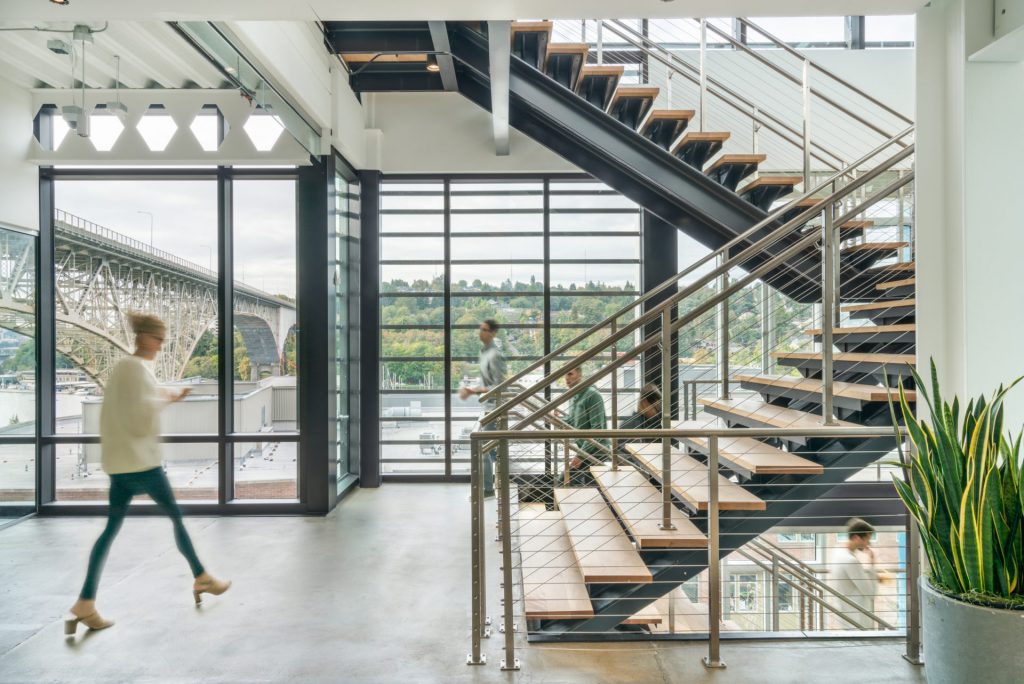
While the LEED rating system has only been in existence since 2000, it has grown to be the single most important and recognizable certification in relation to green buildings. The fact that it is globally acknowledged is further testament to the deep well of knowledge and experience that has gone into these evolving standards. What is even more incredible is that this is, at its core, a voluntary endeavor for the companies and neighborhoods that participate. So, given that there is no definitive ruling that compels a developer to adopt LEED standards, how has the USGBC managed to attract over 100,000 projects? The answer, as tends to be the case, is slightly less than clear. Melissa attributes the success to a combination of attitude, belief and professional benefits. “One of the fascinating things about LEED and about the work that we do is that it is a voluntary system that has seen adoption at all levels. There are private sector organizations adopting LEED for both their own portfolios buildings and their building management companies. There are architecture and engineering firms promoting it to Fortune 500 company clients of theirs. There are policy based incentives too. In Washington DC for example, public and private buildings have to use LEED and in other places there are tax benefits or you might get your permits faster if you make a voluntary adoption of the rating system. In essence, it’s certainly been driven by public policy adoption but it is definitely a little bit of both. We’ve definitely seen a steady use of LEED over time.’’
“The term itself suggests a construction that is a living, breathing organism and, despite the mechanics and permanence of a concrete structure, the truth is actually not far from this.”
One area gathering traction is that of the Healthy Building. In addition to being a main component of the work the USGBC does, it is also something that may be misunderstood. The term itself suggests a construction that is a living, breathing organism and, despite the mechanics and permanence of a concrete structure, the truth is actually not far from this. Buildings, when viewed through the lens of LEED ratings, become vibrant places full of movement and energy. While this concept may be difficult to pin down, Melissa explains that the rating systems are specifically designed to scratch the surface of a building in order to inspect its health. “There is so much information in the rating systems. The site, the location, water, energy use, materials and resources. Then you have indoor environmental quality which focuses on the health and wellness of the individual. So, we have a lot of ideas, and we really try to help people to get started where they are, to look at the checklist and to understand the strategies. We can assist with identifying the priorities for their organization and where they want to start.’’
Despite the clear movement towards healthy buildings, LEED goals, and sustainable building practices in general, have certainly not been immune from the effects of the past year. The way we work has changed immeasurably throughout the pandemic but in relation to the goals set out by the USGBC, where we work and how we get back there is something that needs to be given massive consideration. Melissa describes how the concerns around building space and the people inside them was the primary factor in the organization launching a new initiative. “Initially, we wanted to observe. We didn’t want to react because it was obviously very stressful for many people. People stepped out of buildings so our relationship with spaces and buildings changed, but we also wanted to recognize that we had something to contribute, especially from our volunteer experts. We launched a vision called Healthy People in Healthy Places Equals a Healthy Economy. The idea was that we could bring that knowledge and expertise together to help with building re-entry and to help with health and safety and wellness for those that were still in buildings. We put together some credits, called the LEED Safety First credits, to address ventilation and air quality, green cleaning, water quality, and planning for building re-entry. We started with cleaning and disinfecting because we knew that there would be more cleaning and disinfecting happening. Supporting our community and helping to bring resources together for everyone was really our focus.’’
Despite the work being done globally to improve the outlook on climate change, it is abundantly clear that more needs to be done. Twenty-five years of LEED ratings has had a huge positive effect on how buildings are designed, constructed and inhabited. However, the message from the USGBC is one of concern. Though the organization is founded and based in the U.S., its outlook is very much on a global scale. Much is needed in terms of education and equity and, while there is little in the way of positives to be taken from the challenges of COVID, Melissa recognizes that it may have started a very important conversation. “I think that people are now paying attention. They see that from an equity perspective, those that were disproportionately impacted by the pandemic are also the most disproportionately affected by climate change. We know we have a lot of work to do. We know that buildings have direct and indirect impacts on climate, as well as health and wellness. So I think that collective impact of the work that we can all do is really critical. We see ourselves as a convener and an organization that brings people together. We need that collective pull of everyone to get there, or we’re just not going to be able to hit the target. We have a LEED Zero program recognizing net zero in energy, water, waste and carbon. These are very ambitious goals and in order to hit those targets, we all need to work together.’’
The USGBC is currently using LEED ratings v4.0; two decades of progress. Despite this, it could be easy to fall into the trap of feeling that the challenges are insurmountable. For Melissa and all at the USGBC, the opposite is true. Issues remain, but the tools available now, both physical and ideological, are cause for hope and in the times we are living through, that has to be enough. “The goals that we started out with twenty years ago, in many ways, feel even more tangible, but also much more achievable than when we started. With new technologies and a fairly rapid greening of the grid, we have a lot more options, especially in the U.S. for projects to get renewable energy in a variety of different ways and like I said, I think people are paying attention.’’









